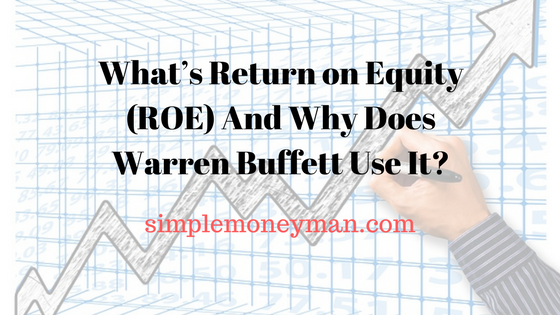


As businesses fight to maintain profitability and capital efficiency, ROCE tends to fall under such situations. Because of rising cost pressures and declining revenues, profit margins may be affected. Contraction Phase: Businesses frequently experience diminishing demand, decreased sales, and economic difficulties during an economic downturn or recession.High levels of efficiency and profitability may be difficult for businesses to sustain, and ROCE may stabilize or slightly drop. Although businesses may continue to make strong profits, ROCE may suffer if growth is sluggish. Peak Phase: Growth rates may start to decline and competition may pick up during the peak phase of an economic cycle.Enhanced operating leverage and economies of scale may result in an increase in ROCE during rapid economic growth. As a result, ROCE may increase as businesses enjoy more revenues, enhanced profitability, and effective capital allocation. Expansionary Phase: Businesses frequently encounter rising demand, escalating sales, and advantageous market circumstances during an economic expansion.This can help neutralize financial performance analysis for companies with significant debt. This is because, unlike other fundamentals such as return on equity (ROE), which only analyzes profitability related to a company’s shareholders’ equity, ROCE considers debt and equity. Return on capital employed can be especially useful when comparing the performance of companies in capital-intensive sectors, such as utilities and telecoms. Understanding Return on Capital Employed (ROCE) Many companies may calculate the following key return ratios in their performance analysis: return on equity, return on assets, return on invested capital, and return on capital employed.Higher ratios tend to indicate that companies are profitable.It's always a good idea to compare the ROCE of companies in the same industry as those from differing industries usually vary.ROCE is similar to return on invested capital.Return on capital employed is a financial ratio that measures a company’s profitability in terms of all of its capital.Return on Net Worth is not used for this purpose. Return on Equity is used to compare the type of companies in a field to see which are doing better or worse in different areas.Return on Net Worth is more beneficial for the management of the company. Investors or shareholders are more interested in Return on Equity as it is their return on money.Return on Net Worth is more extensive than Return on Equity as it has more sources of money and debt than Return on Equity.Return on Net Worth has more features as it comprises more company materials, like debentures and securities, while Return on Equity is only used to calculate the shareholders’ equity.Return on Net worth can be on anything a company has, meaning loans, debentures, or securities. Return on Equity is different as it is made only on the money that the company’s equity shareholders invest.Main Differences Between Return on Equity and Return on Net Worth To get out of this situation, the firm should pay out all its debt and decrease the use of any expensive extra expenses that they are making. If the return is negative, the company will not be able to raise funds from the market, which is a significant loss for any business. ThereThe shares can be divided into three categories: standard, preferred and retained.Ī Higher Ratio of RoNW indicates that a company is efficiently utilising the shareholders’ money efficiently. Equity shareholders are the people who are the owners of the company. Return on Equity, or RoE, is a company’s earnings or profits with the invested money from the equity shareholders. Formula another name N/A Return on Capital What is Return on Equity? The ratio is made from the investors’ perspective, not the company’s. Disadvantage The ratio can be manipulated. Gets the right amount of Net Worth and tells whether the company is doing well. Advantage Help in planning for future investment. It indicates the creditworthiness of the company. Usage It is mainly used to compare the performance of companies related to the same field. They are used to calculate the profit percentage from the company’s net income and net worth. Comparison Table Parameters of Comparison Return on Equity Return on Net Worth Abbreviation RoE RONW Definition Used to measure the profitability of the business about Equity. Net Worth includes shareholders’ Equity, Reserves, preference share capital, securities, etc.


 0 kommentar(er)
0 kommentar(er)
